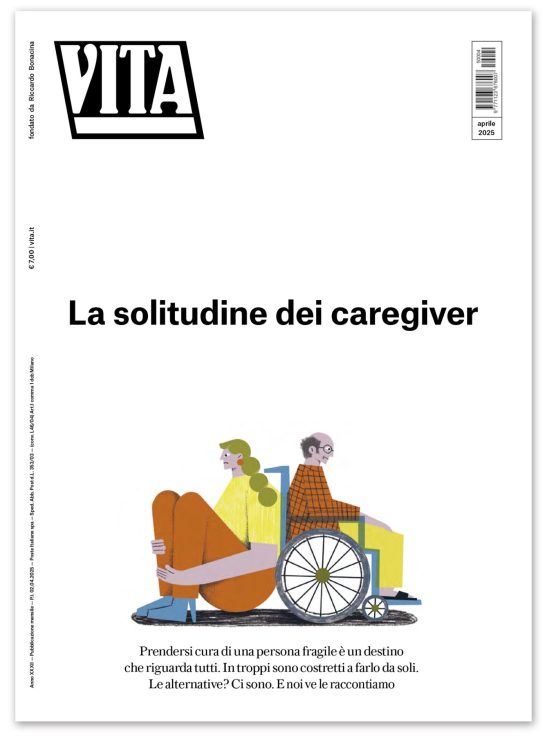Non profit
“Unsustainable” cities need radical rethink
A Swiss-Singaporean team is tackling the global problem of burgeoning populations cramming into over-crowded conurbations with a multi-disciplinary research project. Matthew Allen of Swissinfo reported.
di Staff
Zurich’s Federal Institute of Technology (ETHZ) has launched a collaboration with two universities in Singapore in an effort to produce a template for the modern sustainable city.
Many of today’s cities are reaching breaking point in terms of pollution and sheer numbers of people, according to ETHZ professor for architecture Gerhard Schmitt.
“Cities provide living space for more than half of the world’s population, and this rate is set to rise. They produce half of the economic output but also half of the pollution,” Schmitt told swissinfo (an enterprise of the Swiss Broadcasting Corporation).
“This leads us to the conclusion that cities are no longer sustainable, no matter where they are. We know the more they expand, the more quality falls. There is a limit of size.”
The Future Cities Laboratory will draw on an array of global talent to coordinate research in three main areas: sustainable building technology using new materials and architectural methods, finding sustainable supplies of water, energy and transport and the interaction of populations and addressing planning solutions to urban-rural conflicts.
Science City experiment
The problem of transforming cities into better living areas has inspired and perplexed generations of architects. For example, Swiss born Le Corbusier developed theories of multi-storey, open plan buildings during the early 20th century.
But Schmitt believes modern computer technology, combined with greater collaboration between academic disciplines and countries, gives modern practitioners an added edge.
“We have never known as much about cities and sociology, energy and other aspects as today,” said Schmitt. “We have also never been able to bring those things together as much as today with the help of complex simulation tools.”
The project has drawn on a vast bank of data from ETHZ‘s recently constructed Science City research complex on the outskirts of Zurich. Researchers have tested many ideas and techniques at the campus and are now ready to roll them out to other countries.
One size does not fit all
ETHZ already has a close relationship with Singapore in a number of projects. The city-state has evolved rapidly in the past few decades and is situated at the heart of one of the fastest growing regions on the planet.
The Future Cities Laboratory will not only look at modern planning and construction methods, but also wants to tackle social problems prevalent in cities – such as integrating different ethnic groups and defusing conflicts between “haves” and “have-nots”.
Schmitt believes Zurich and Singapore – as efficient, safe, well governed cities – could also be held up as role models in many aspects of modern urban development.
For example, growing cities – especially in Africa and Asia – could learn from Switzerland’s democratic system or Singapore’s ethnic integration model as they search for ways to house blossoming populations.
“These are not one-size-fits-all models, but hopefully we can export some of the methods and develop local instruments to implement them,” Schmitt said.
“In the next 25 years more than a billion people will move into cities that don’t exist yet,” he added. “The city should be the main economic value creation, cultural and educational hub that provides high quality living space.”
Source: www.swissinfo.ch
Nessuno ti regala niente, noi sì
Hai letto questo articolo liberamente, senza essere bloccato dopo le prime righe. Ti è piaciuto? L’hai trovato interessante e utile? Gli articoli online di VITA sono in larga parte accessibili gratuitamente. Ci teniamo sia così per sempre, perché l’informazione è un diritto di tutti. E possiamo farlo grazie al supporto di chi si abbona.
